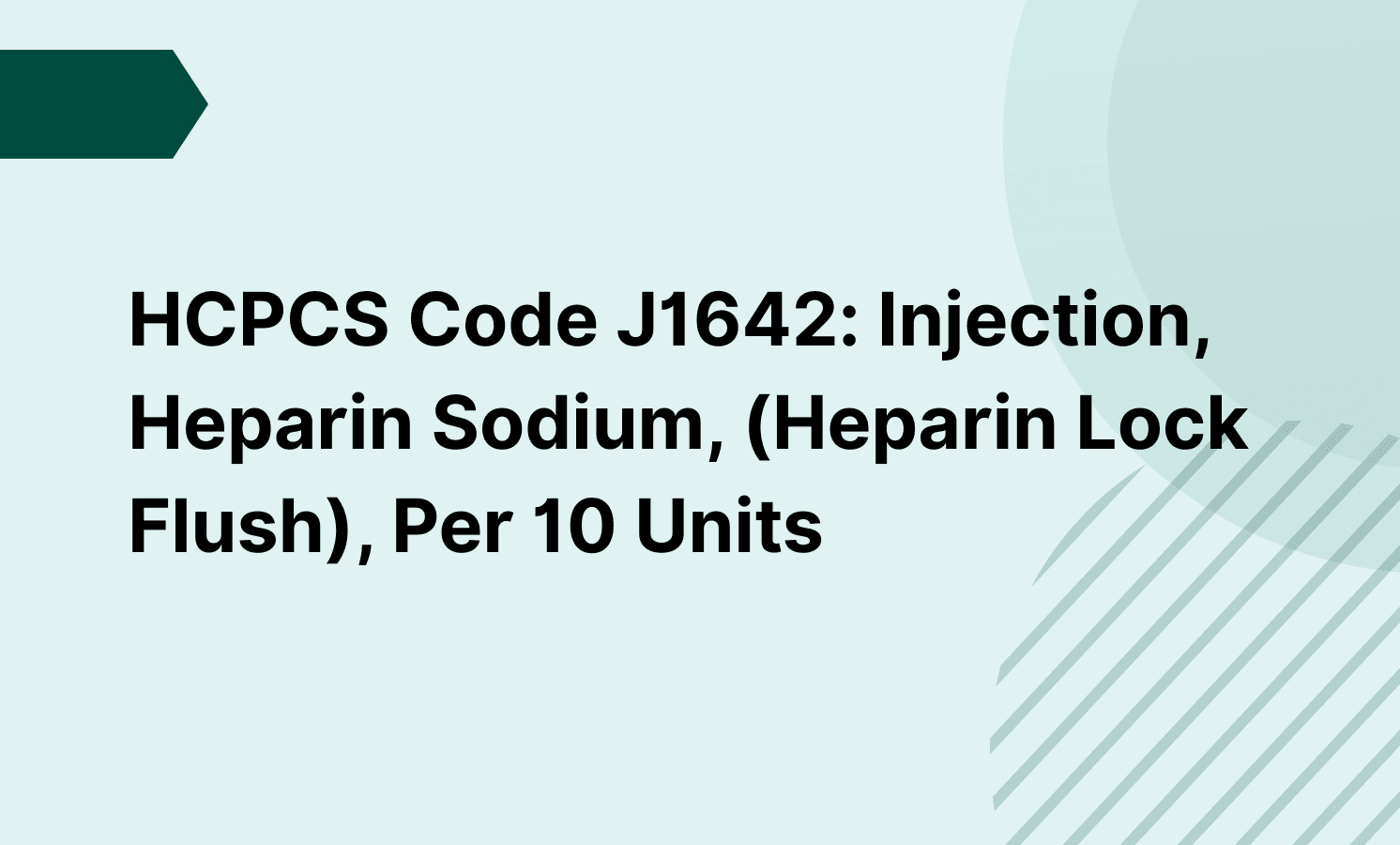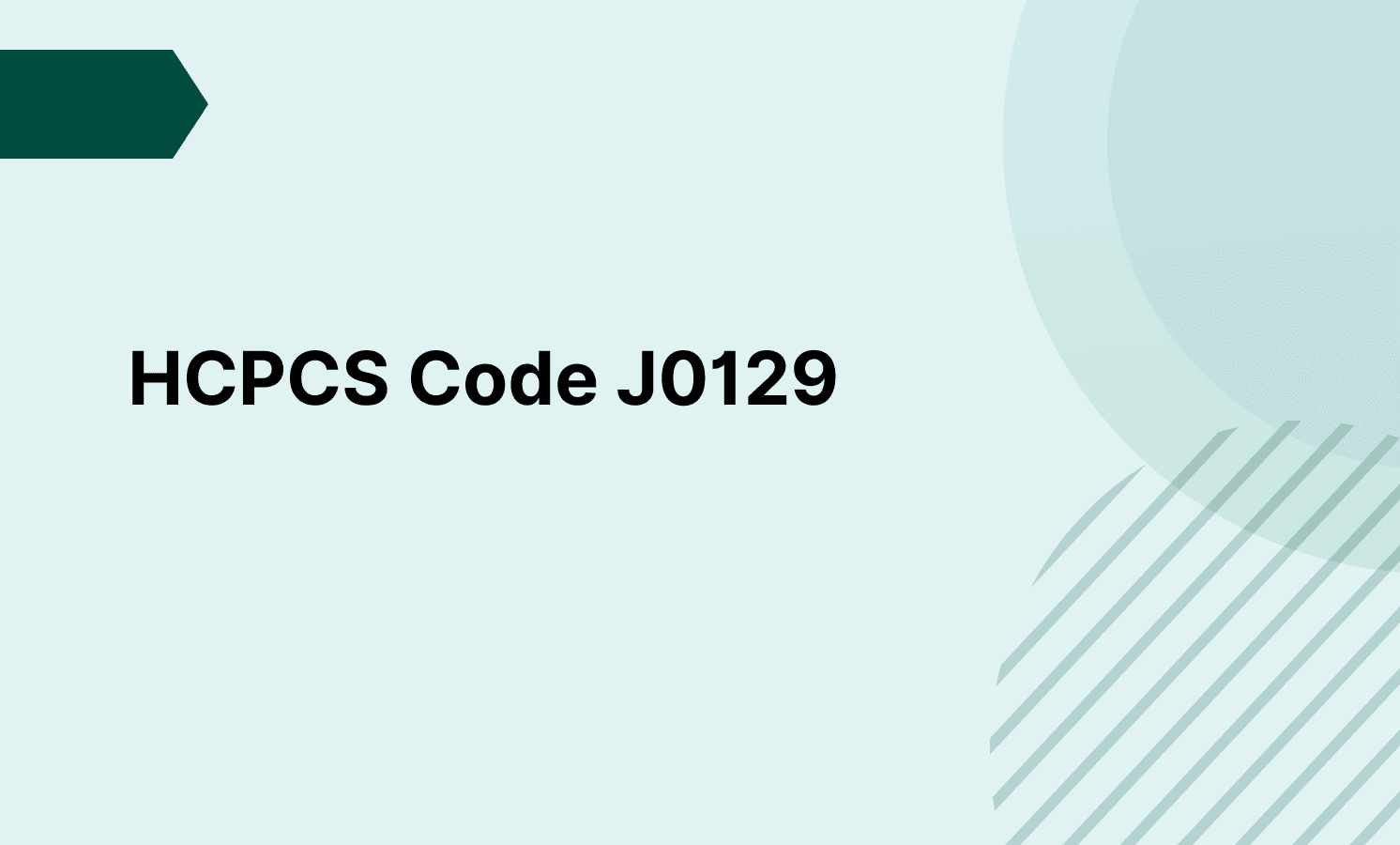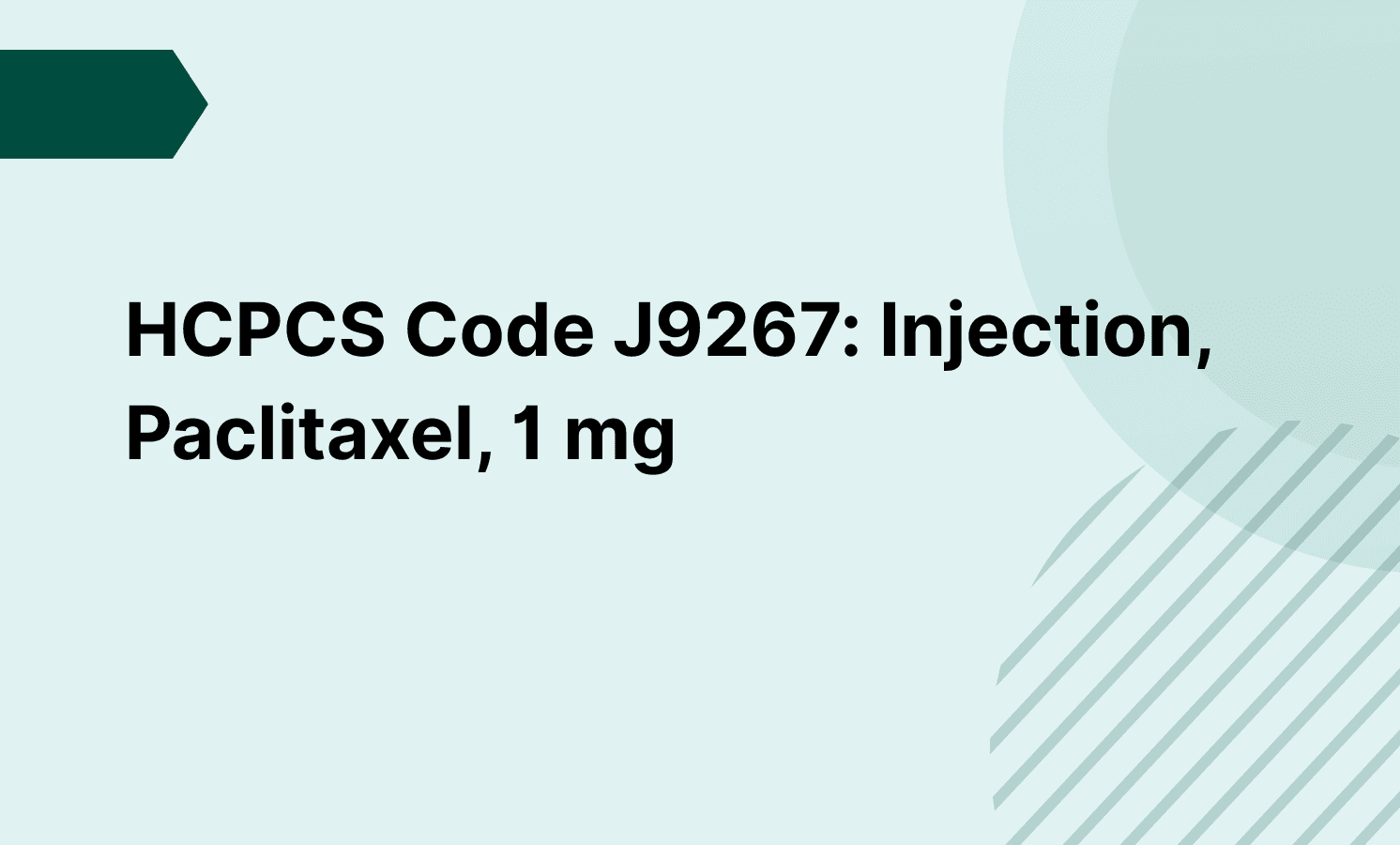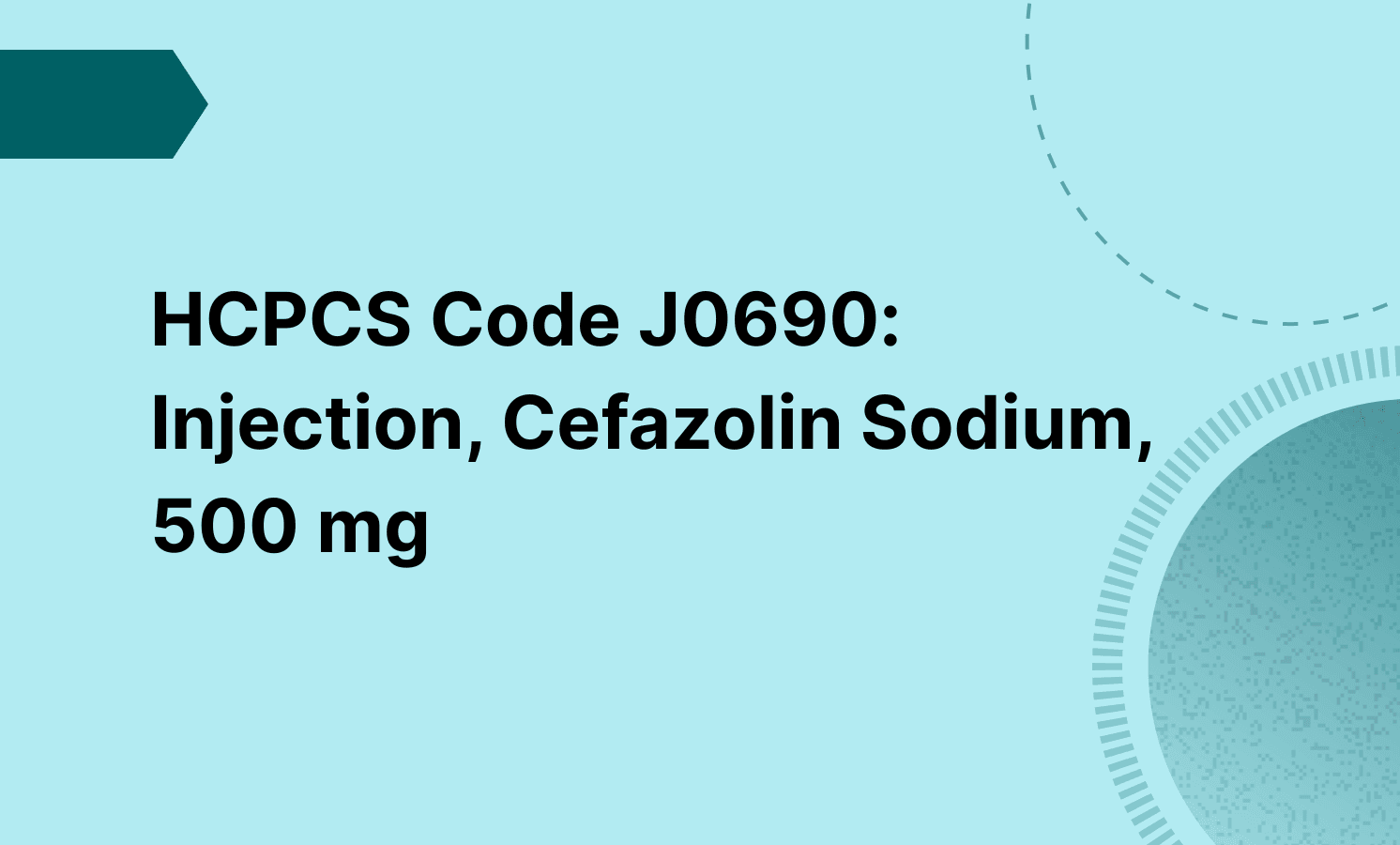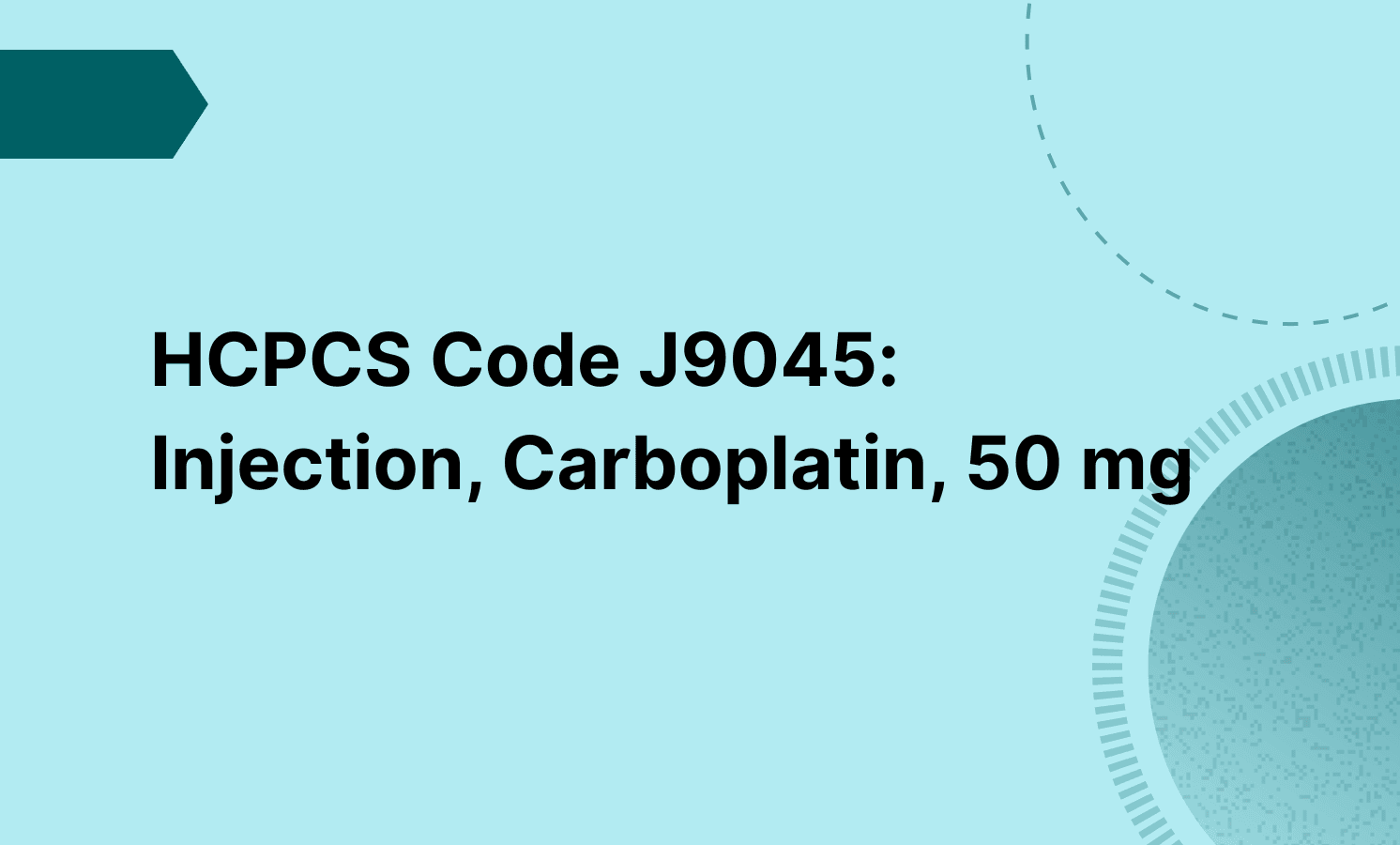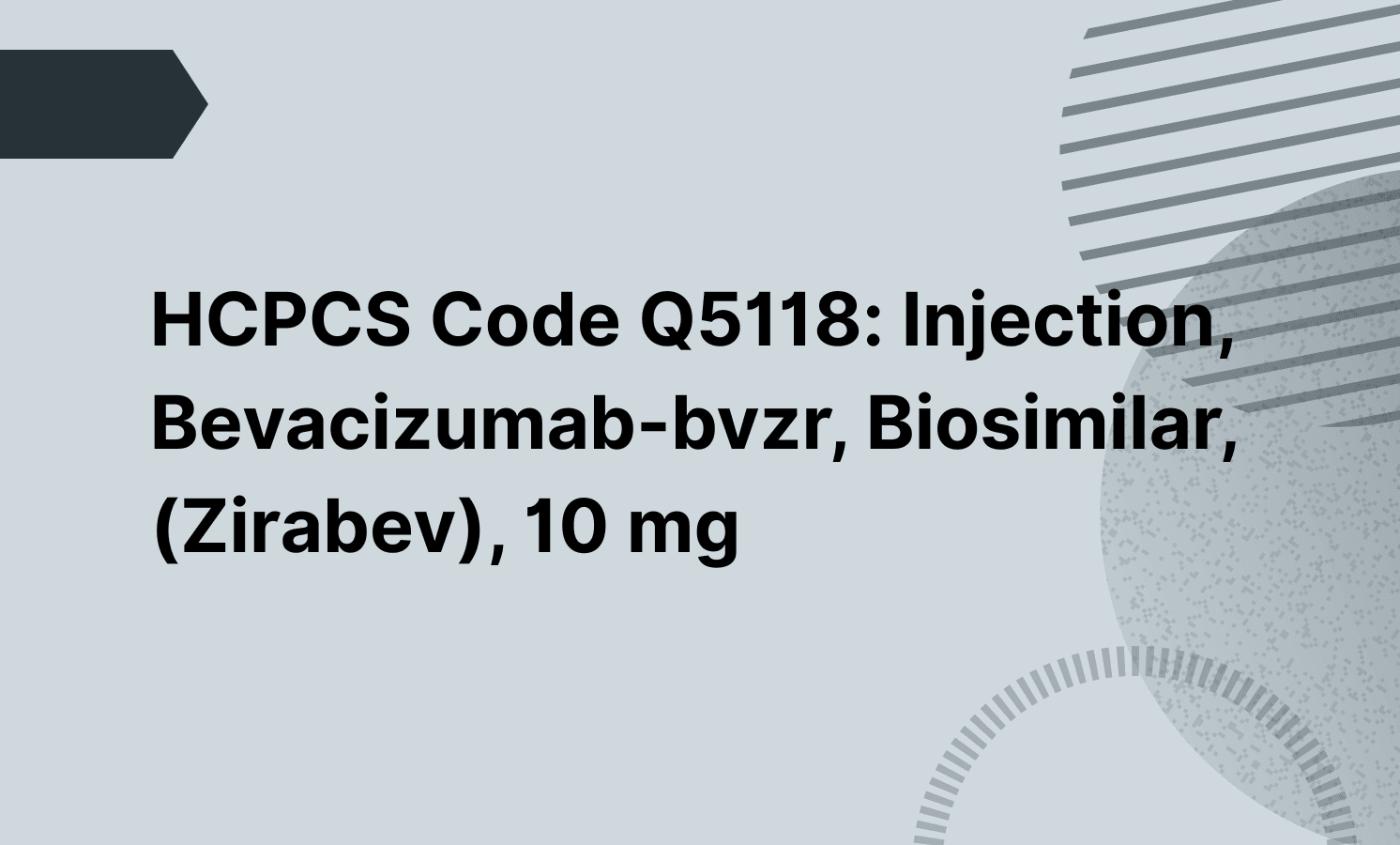The 20610 CPT code is billed per joint treated, with only one unit reported per joint, even if aspiration and injection occur during the same session. Apply RT, LT, or 50 modifiers as appropriate. Drug supplies are billed separately. An E/M service may be reported only if a separately identifiable evaluation was performed.

CPT Code 20610: Arthrocentesis, Aspiration, and/or Injection; Major Joint
Learn about CPT Code 20610 for major joint aspiration or injection procedures, including billing guidelines, documentation, and coding requirements.
Frequently asked questions
The key difference is the use of ultrasound guidance. 20610 CPT code applies when arthrocentesis or joint injection is performed on a major joint or bursa without ultrasound guidance. 20611 is the specific code for the same procedure but performed with ultrasound guidance, which includes imaging documentation as part of the service.
Yes, CPT code 20610 may be billed alongside 99213 (E/M service) if the visit involves a separately identifiable evaluation beyond the standard pre-service work of the injection procedure. Modifier 25 should be added to the E/M code. Ensure the medical record clearly documents the distinct nature of both services.
EHR and practice management software
Get started for free
*No credit card required
Free
$0/usd
Unlimited clients
Telehealth
1GB of storage
Client portal text
Automated billing and online payments

